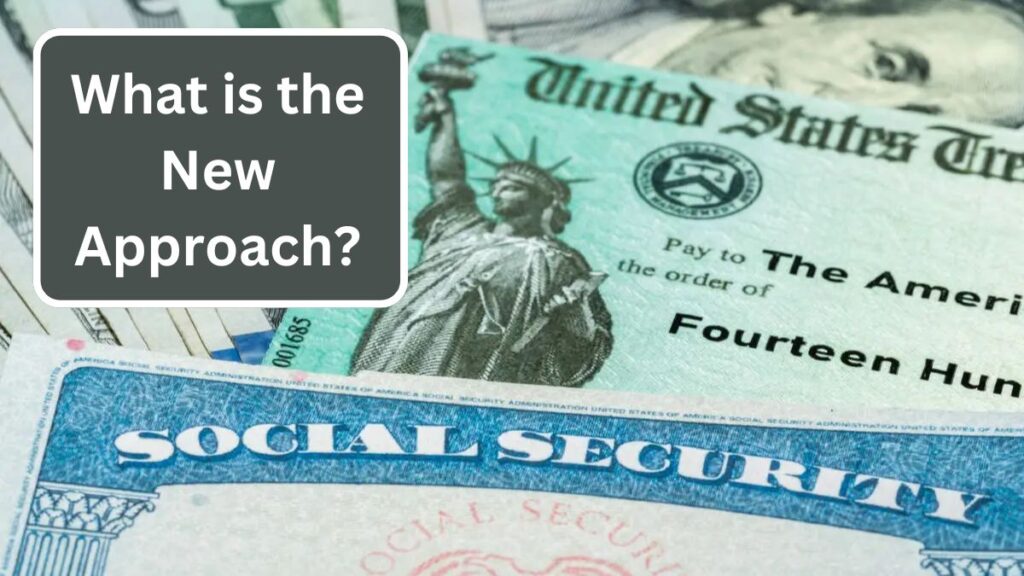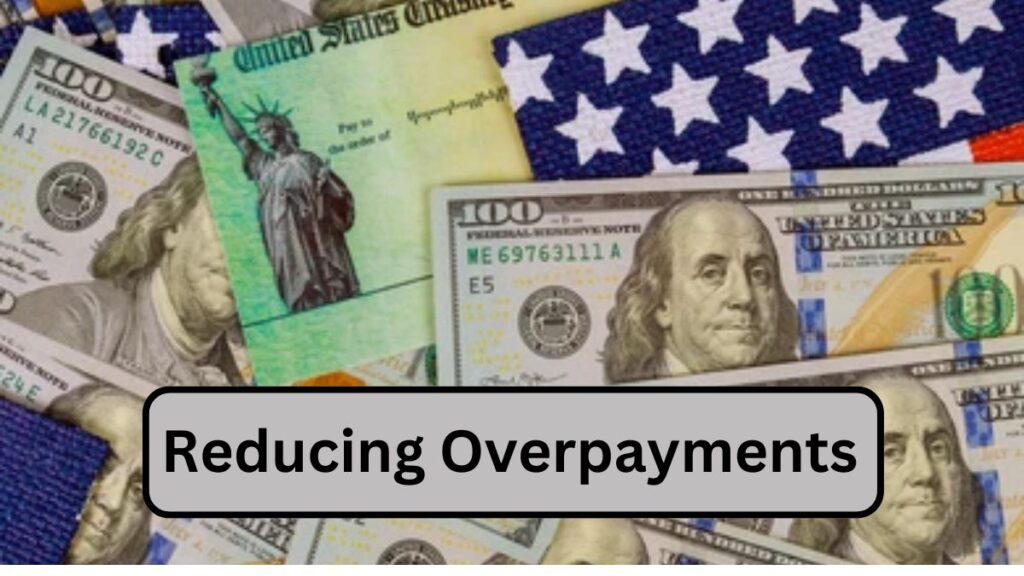The Social Security Administration (SSA) is planning to make some important changes to the way it handles monthly payments. These updates aim to make the payment process smoother and reduce errors, especially when it comes to overpayments. Although these changes are not yet final, they represent a big shift in how the SSA manages benefits.
What is the New Approach?

The SSA plans to use a system called the Payroll Information Exchange (PIE) to improve how payments are processed. PIE will allow the SSA to access payroll data directly from employers, instead of relying on individuals to report their income. This is especially important for people receiving Social Security Disability Insurance (SSDI) and Supplemental Security Income (SSI). By getting this information directly from employers, the SSA hopes to reduce mistakes and avoid overpayments, which can happen when income is reported incorrectly or too late.
Concerns Among Beneficiaries
Many people who receive benefits from the SSA are worried about these changes. The SSA has been trying to recover overpayments from beneficiaries, which can sometimes be thousands of dollars. In 2022 alone, the SSA reported $13.6 billion in overpayments out of nearly $1 trillion in total benefits. This has caused a lot of concern, especially among older adults and people with disabilities, who might find it difficult to repay these amounts.
Understanding PIE

The Payroll Information Exchange (PIE) was introduced by the SSA on February 15. This new system is designed to fix issues related to unreported or incorrectly reported earnings. PIE will:
- Provide Accurate and Timely Information: By getting wage data directly from employers, PIE will ensure that the SSA has the most up-to-date information.
- Reduce the Reporting Burden for Beneficiaries: Beneficiaries will no longer have to worry about reporting their income manually, which reduces the chances of making mistakes.
- Prevent Overpayments: PIE will quickly catch any unreported salaries, helping to avoid overpayments before they happen.
| Topic | Details |
|---|---|
| New Payment System Name | Payroll Information Exchange (PIE) |
| Purpose of PIE | To reduce errors and overpayments by accessing payroll data directly from employers |
| Affected Beneficiaries | Primarily Social Security Disability Insurance (SSDI) and Supplemental Security Income (SSI) beneficiaries |
| Key Features | – Automatic income reporting – Reduced reliance on self-reported income – Faster detection of income discrepancies |
| Expected Benefits | – Fewer overpayments – More accurate benefit calculations – Easier income reporting for beneficiaries |
| Overpayment Handling | Overpayments will still be recovered, but PIE aims to reduce their frequency by improving data accuracy |
| Implementation Stage | Currently in the proposal stage; full implementation date not yet determined |
| Beneficiary Action Required | No additional action required from beneficiaries; PIE will operate automatically |
| Potential Concerns | Beneficiaries worried about the new system can contact SSA for more information |
| Legal Obligation | SSA must adjust benefits or recover overpayments as required by law |
| Long-term Goals | Improve efficiency, maintain high payment accuracy, and manage benefits with better oversight |
| Communication with SSA | Beneficiaries are encouraged to stay informed and reach out to SSA if they have any concerns |
Reducing Overpayments

According to Commissioner Martin O’Malley, having accurate and timely salary data is key to reducing payment errors. The new system will automate how payroll information is exchanged, which should help the SSA cut down on mistakes that can happen with manual checks. This change is part of the SSA’s larger plan to improve how it oversees its programs, even as it deals with budget and staffing challenges.
Legal and Financial Implications
The SSA is legally required to adjust benefits or recover money when overpayments occur. Each case of overpayment is handled individually, taking into account why the overpayment happened, such as late job reporting or changes in benefits. Even with limited budgets and staff, the SSA is focused on being responsible with taxpayer money and making sure that payments are as accurate as possible.
FAQs
FAQs
What is the SSA’s new payment system, and how does it work?
The SSA’s new payment system is called the Payroll Information Exchange (PIE). It works by directly accessing payroll data from employers, which helps ensure that the income information for Social Security Disability Insurance (SSDI) and Supplemental Security Income (SSI) beneficiaries is accurate and up-to-date.
Why is the SSA implementing this new system?
The SSA is implementing PIE to reduce errors and overpayments caused by incorrect or delayed income reporting. By automating the process and using direct payroll data, the SSA aims to improve payment accuracy and efficiency.
How will the new system affect my Social Security benefits?
For most beneficiaries, the new system will make the process smoother and reduce the likelihood of overpayments. You won’t need to manually report your income as frequently, which reduces the chances of mistakes that could affect your benefits.
Will I need to do anything differently with the new system?
No, beneficiaries won’t need to do anything differently. The PIE system will automatically gather income information from employers, so you don’t need to worry about reporting your earnings unless specifically requested by the SSA.
The SSA’s proposed changes could significantly alter how Social Security payments are managed in the future. By using the Payroll Information Exchange (PIE), the SSA aims to make the payment process more accurate and efficient, reducing the chance of overpayments. Although these changes are still being discussed, they show the SSA’s commitment to improving how it manages benefits and ensuring that the system runs smoothly for everyone involved.













